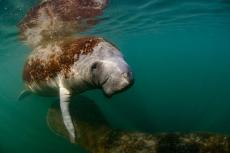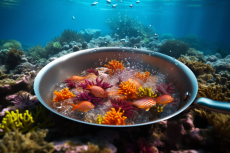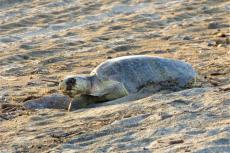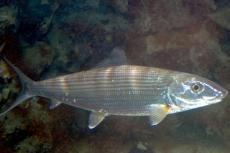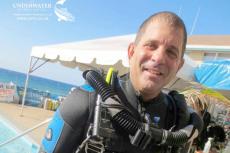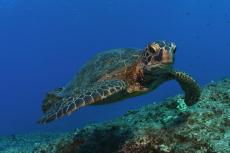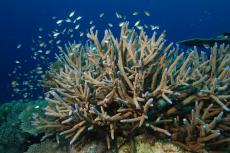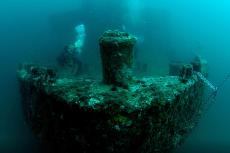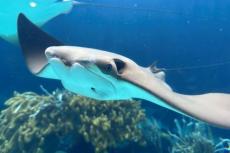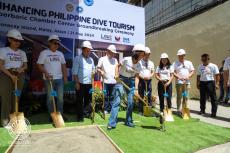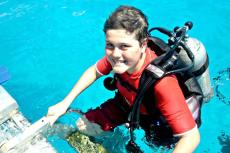Best practices during sea turtle nesting season
Sea turtle nesting season marks a critical period for the vulnerable and endangered species' activities worldwide. Florida Atlantic University researchers provide guidelines to safeguard the nesting sites.
Various regions are home to species such as the green, leatherback, and loggerhead turtles. Due to their endangered or threatened statuses, these species are protected by law in most countries, which mandates specific conservation actions and monitoring.
Sea turtles face numerous threats, including habitat loss, human interference, and climate changes, jeopardising their survival and reproductive success.
Sea turtles typically lay multiple clutches each season, with each clutch containing up to 140 eggs, depending on the species. The incubation period can vary significantly with temperature, affecting hatching success and the sex ratio of hatchlings.
Best practices
Researchers have developed "best practices" to safeguard the nesting sites and ensure the survival of sea turtle hatchlings. These guidelines are crucial for maintaining the delicate balance of marine ecosystems and offer insights into the most effective conservation measures.
- Keep your distance: Observers who encounter a nesting turtle or a nest should keep their distance, remain quiet, and avoid using lights to prevent disturbing the turtle. It's crucial not to touch the turtles or the eggs. Report any sightings or injuries to local wildlife authorities immediately.
- Avoid artificial lighting: Artificial lighting can disorient nesting females and emerging hatchlings, leading them away from the sea. To support turtle conservation, beachfront lighting should be minimized during the nesting season to avoid misguiding the turtles.
- Dietary Considerations: Sea turtles' diets vary significantly across different species and life stages. While some are predominantly carnivorous, others, like the green turtle, are more herbivorous, focusing on sea grass and algae. Understanding these dietary habits is crucial for addressing risks related to bait and debris ingestion.
Conservation Efforts and Public Participation
Community involvement is encouraged through educational "turtle walks" and participation in local conservation initiatives. These activities aim to increase public awareness and active participation in the protection and study of sea turtle nesting sites.
The concerted global effort to protect sea turtles during their nesting season is a vital part of marine conservation. By adhering to established best practices and engaging in new technologies and community-driven efforts, there is hope for the sustainable preservation of sea turtles and the broader marine biodiversity.




